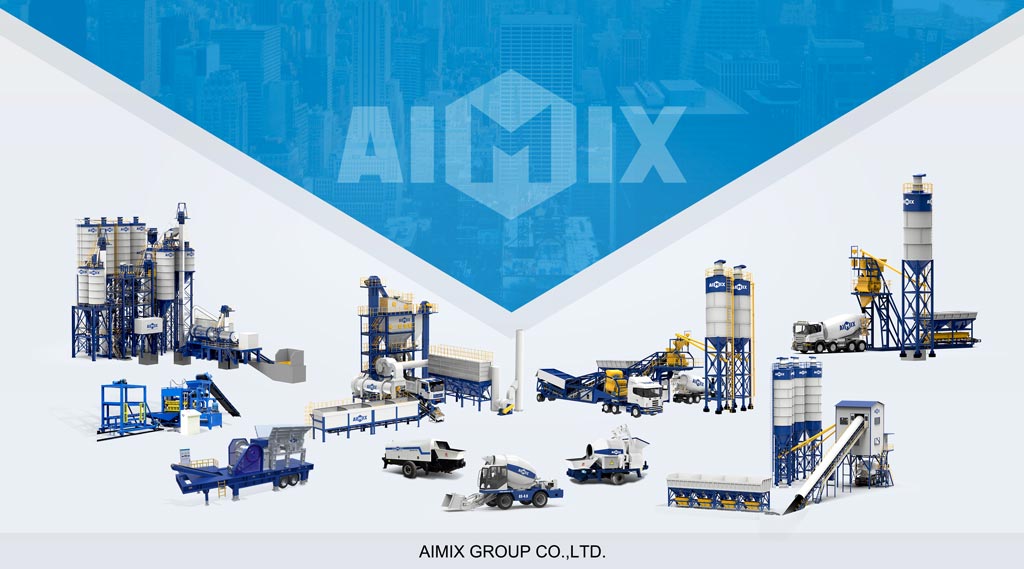Safety is paramount in rock crushing operations, where potential hazards lurk around every corner. Understanding the importance of safety and being aware of common hazards are critical for ensuring the well-being of workers and the success of the operation.
## Strategies for Enhancing Site Safety
### Risk Assessment and Mitigation
In order to mitigate risks associated with rock crushing, it’s essential to conduct thorough risk assessments. This involves identifying potential hazards such as falling rocks, stone crusher machine malfunctions, and ergonomic strains. Once identified, appropriate control measures must be implemented to minimize the likelihood of accidents or injuries. This may include installing safety guards, providing adequate signage, and establishing clear operating procedures.
Training plays a pivotal role in promoting safety awareness among workers. Providing comprehensive training programs ensures that employees are equipped with the knowledge and skills needed to navigate potential hazards and operate machinery safely. Continuous education on safety protocols, including regular refresher courses and toolbox talks, reinforces the importance of vigilance and adherence to safety standards. View more details about crushers on this page: https://aimixglobal.com/ .
## Best Practices for Safer Rock Crushing Operations
### Equipment Maintenance and Inspection
Regular maintenance and inspection of crushing equipment are paramount for ensuring safe operation. Routine inspections help identify potential issues before they escalate into safety hazards, allowing for prompt repairs and maintenance. This includes checking for worn-out components, lubricating moving parts, and ensuring that safety mechanisms are functioning correctly.
### Personal Protective Equipment (PPE) Compliance
Proper utilization of personal protective equipment (PPE) is crucial for safeguarding workers from potential hazards in hard rock crushing operations. This includes wearing helmets, safety goggles, ear protection, and steel-toed boots to mitigate the risk of head injuries, eye injuries, hearing loss, and foot injuries. It’s essential to enforce strict compliance with PPE regulations and provide training on the correct usage and maintenance of protective gear.
In conclusion, prioritizing safety in rock crushing operations is essential for protecting the well-being of workers and minimizing the risk of accidents and injuries. By implementing strategies such as risk assessment, training, equipment maintenance, and PPE compliance, operators can create a safer working environment and ensure the success of their operations.


Comments
No comments yet. Be the first to react!